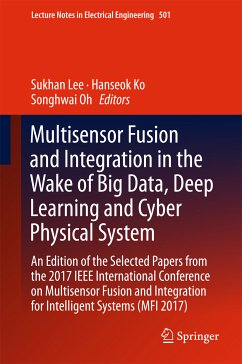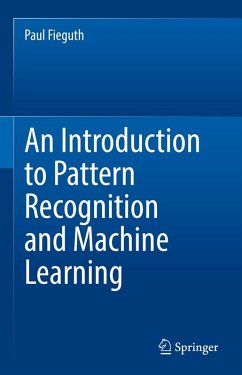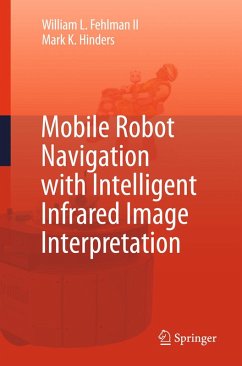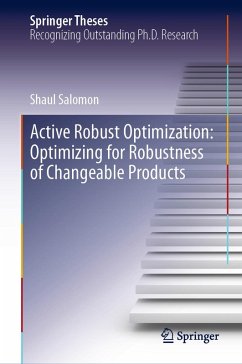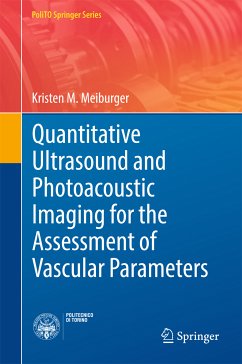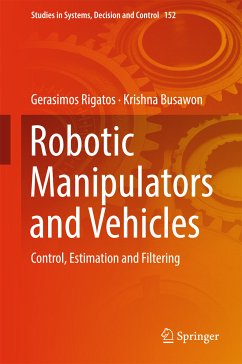
Intelligent Feature Selection for Machine Learning Using the Dynamic Wavelet Fingerprint (eBook, PDF)
Versandkostenfrei!
Sofort per Download lieferbar
112,95 €
inkl. MwSt.
Weitere Ausgaben:

PAYBACK Punkte
56 °P sammeln!
This book discusses various applications of machine learning using a new approach, the dynamic wavelet fingerprint technique, to identify features for machine learning and pattern classification in time-domain signals. Whether for medical imaging or structural health monitoring, it develops analysis techniques and measurement technologies for the quantitative characterization of materials, tissues and structures by non-invasive means.Intelligent Feature Selection for Machine Learning using the Dynamic Wavelet Fingerprint begins by providing background information on machine learning and the wa...
This book discusses various applications of machine learning using a new approach, the dynamic wavelet fingerprint technique, to identify features for machine learning and pattern classification in time-domain signals. Whether for medical imaging or structural health monitoring, it develops analysis techniques and measurement technologies for the quantitative characterization of materials, tissues and structures by non-invasive means.
Intelligent Feature Selection for Machine Learning using the Dynamic Wavelet Fingerprint begins by providing background information on machine learning and the wavelet fingerprint technique. It then progresses through six technical chapters, applying the methods discussed to particular real-world problems. Theses chapters are presented in such a way that they can be read on their own, depending on the reader's area of interest, or read together to provide a comprehensive overview of the topic.
Given its scope, the book will be of interest to practitioners, engineers and researchers seeking to leverage the latest advances in machine learning in order to develop solutions to practical problems in structural health monitoring, medical imaging, autonomous vehicles, wireless technology, and historical conservation.
Intelligent Feature Selection for Machine Learning using the Dynamic Wavelet Fingerprint begins by providing background information on machine learning and the wavelet fingerprint technique. It then progresses through six technical chapters, applying the methods discussed to particular real-world problems. Theses chapters are presented in such a way that they can be read on their own, depending on the reader's area of interest, or read together to provide a comprehensive overview of the topic.
Given its scope, the book will be of interest to practitioners, engineers and researchers seeking to leverage the latest advances in machine learning in order to develop solutions to practical problems in structural health monitoring, medical imaging, autonomous vehicles, wireless technology, and historical conservation.
Dieser Download kann aus rechtlichen Gründen nur mit Rechnungsadresse in A, B, BG, CY, CZ, D, DK, EW, E, FIN, F, GR, HR, H, IRL, I, LT, L, LR, M, NL, PL, P, R, S, SLO, SK ausgeliefert werden.



